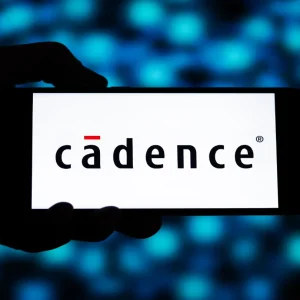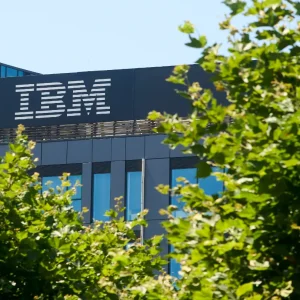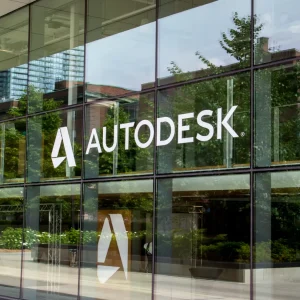
The IT industry is currently undergoing a data revolution, mandating that enterprises rethink their strategies, making new investments in public and private clouds, big data analytics, SaaS, virtualisation and outsourced IT.
"At the end of this revolution, there’s no doubt there will be a new corporate order, based on whoever has been most and least successful with these changes," Rick Caccia, VP Strategy, Delphix, told CBR.
"CIOs have already been rebuilding the components of enterprise architecture in such a way that they can take full advantage of the public and private clouds, services, and software-defined everything.
"However, most CIOs have still not yet rethought the way that data must be re-architected so that it may be easily updated with the rest of the refreshed IT environment."
To do this, Caccia advises that organisations must:
1. Unlock data from hardware
Software-defined networks, storage, and data centres are now common concepts. While the idea of "software-defined data" may sound strange, the fact remains that data shouldn’t be held back by physical storage, file systems or servers that contain it. Unlocking data from hardware makes it easy to move, easy to convert, and easy to recover if need be.
2. Unlock data from location
Operational data has grown large enough that it is often locked within a geographical location, and having to move data by truck should make that painfully obvious. Unlocking data from hardware enables organisations to unlock it from location. New techniques to update remote copies – while only moving relatively tiny amounts of data over the WAN – are able to make data available anywhere and everywhere it’s needed.
3. Unlock data from process
Strong governance and business processes are required for effective operations, but legacy processes often prevent meaningful change. Many organisations proclaim a cloud-first strategy, where new systems are designed for the cloud by default. Then the same organisations find that decades-old applications can’t be shut down, but their data update and handling processes prevent copies moving to the cloud. Unlocking data from process enables new systems to be created, and data to be copied and converted, without disrupting the legacy systems and processes.
"Most IT leaders already understand the agility and mobility benefits of virtualising servers. Now, the time has come to free data and even entire applications from the things that weigh them down, so that organisations can adopt practices that will support the next decade of corporate computing," said Caccia.






